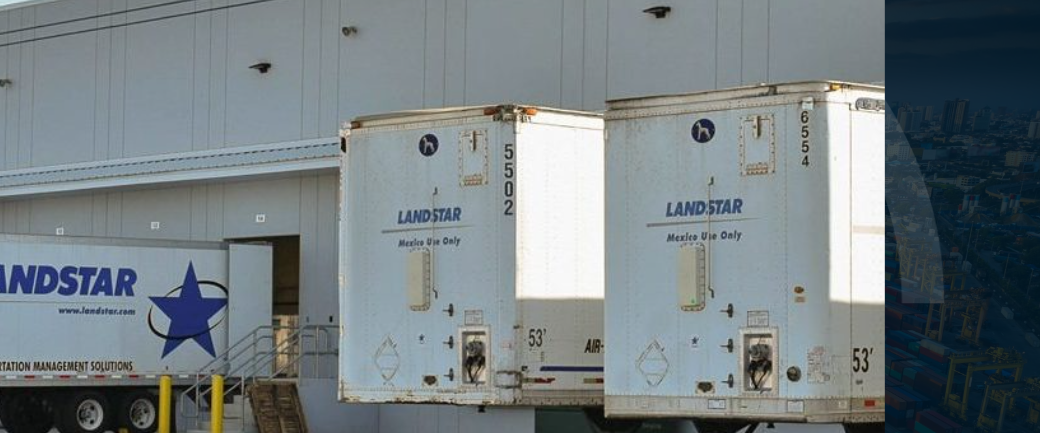Do you feel like your warehouse is a chaotic mess? Are you struggling to keep up with customer demand and inventory levels? If so, it’s time for an overhaul. Improving warehouse efficiency can have a dramatic impact on the success of your business.
Let’s explore how streamlining operations can help you gain control over your warehouse and increase profits. With better organization and improved processes, you can take charge of the chaos and turn it into order.
Common Warehouse Problems
Running a warehouse is no easy task. Here are three common issues that can derail an efficient operation:
Poor Inventory Management
Keeping track of stock levels and replenishing supplies can be difficult if there is no efficient system in place. Unfortunately, only 43% of small businesses stay on top of their inventory. This leads to lost sales, frustrated customers, and a general lack of visibility into your warehouse operations.
Inadequate Space Utilization
If your warehouse is not being used to its fullest capacity, it can lead to a number of issues. This includes too much wasted space, an inefficient flow of goods and materials, and ultimately missed opportunities for growth.
Inefficient Workflow Processes
Inefficient workflow processes can lead to increased labor costs, slow delivery times, and poor customer service. Poorly organized inventory can lead to inaccurate stock counts, resulting in costly overstocking or shortages.
Strategies for Improving Warehouse Efficiency
Fortunately, there are several strategies that can help you improve warehouse efficiency. These include:
Implementing a Warehouse Management System
A Warehouse Management System (WMS) is a powerful tool for organizing, tracking, and managing your inventory. With a WMS in place, you can accurately track what products are coming into and leaving the warehouse, as well as gain better visibility into stock levels to ensure that you never run out of key items.
Utilizing Data Analytics
Tracking and analyzing data from the warehouse lets you identify areas where processes are inefficient or could be improved. This enables you to make smarter decisions about how to better manage your inventory, optimize routing and transportation times, and accurately forecast demand.
Reorganizing the Layout of the Warehouse
Take the time to review the current layout and explore ways to optimize it. Consider using shelves, racks, carts, and other storage systems that maximize space utilization and make picking items easier for employees.
Improving Training and Communication Among Staff
When everyone knows their roles, tasks can be completed more efficiently and errors can be avoided. Investing in regular training programs will ensure that all team members understand processes and expectations.
Benefits of Efficient Warehousing
Here’s what you can gain from improving the efficiency of your warehouse operations:
- Lower Operating Costs: When warehouse efficiency is improved, businesses can reduce labor costs and inventory losses.
- Faster Order Fulfillment: By streamlining processes and eliminating redundant tasks, businesses can get orders out the door quickly so customers are happy.
- Improved Customer Satisfaction: Ultimately, a well-run warehouse means happier customers by reducing mistakes and getting orders out quickly.
Case Studies
In one study, improved warehouse efficiency in a bus manufacturing organization led to several benefits. This included a 50% decrease in employee turnover, a 75-minute decrease in check and picking times, and better working conditions for employees.
Maximizing WMS has also been proven to be beneficial for businesses across various industries, including agriculture, office supplies, electronics solutions, and e-commerce. This tool resulted in tracking inventory in real-time, decreasing backorders, improving order and inventory accuracy, and increasing order fulfillment to 99.3%.
Best Practices
First and foremost, you should be using an advanced WMS to easily track stock levels and movements in real-time. It also allows you to easily generate reports that can be used for forecasting and budgeting.
Next, it’s important to ensure accuracy when it comes to data entry. Since WMS systems rely heavily on accurate inputting of information, any mistakes or omissions can have drastic consequences down the line. Make sure staff are properly trained so that they know how to accurately enter all relevant data into the system.
Finally, make sure to stay on top of the latest trends and technologies. Read up on industry news and other helpful resources, such as The Logbook from Jansson LLC, an independent agent of Landstar. This will help you to remain up-to-date on the latest developments in warehouse management.
Conclusion
Your warehouse is more than just storage space; it’s a vital part of your company’s success. Investing in efficient processes and systems now will ensure smooth operations for years to come. Take the steps necessary to ensure your warehouse runs like a well-oiled machine and watch as your business takes off.




